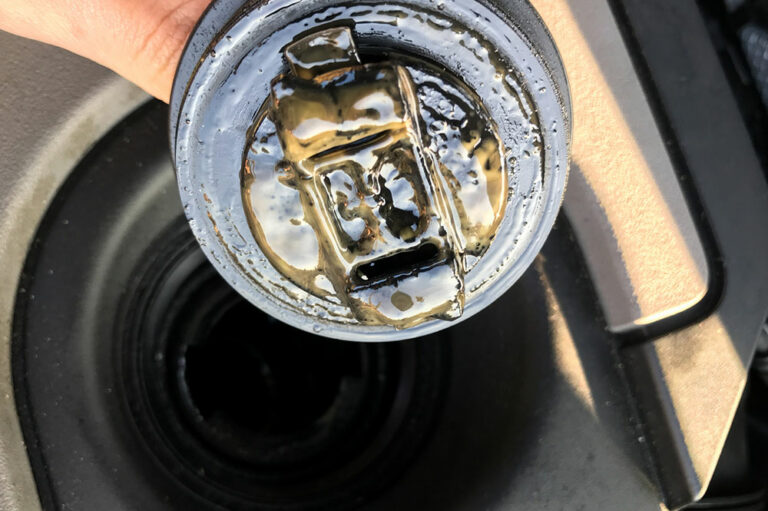
9 common oil change mistakes car owners must avoid
Regular oil changes are essential for maintaining the performance and longevity of any vehicle’s engine. A well-maintained engine ensures smooth and efficient output and extends the life of the car. However, many car owners make mistakes when it comes to these routine maintenance tasks. Something as simple as an oil change can significantly impact the performance if done incorrectly. Here are some of the most common oil change mistakes that car owners must avoid. Neglecting the recommended oil change interval One of the most significant mistakes car owners make is ignoring the recommended oil change interval. Every vehicle has a manufacturer’s recommendation that suggests when the oil should be changed periodically. This interval is typically based on factors like the type of oil used, driving conditions, and the specific engine design. Ignoring or extending this interval can lead to significant engine damage and decreased fuel efficiency. Check the Dodge owner’s manual and adhere to the suggested oil change schedule to keep the engine running optimally. Using the wrong type of oil Choosing the wrong type of oil is another common mistake that can have serious consequences for the engine. Dodge engines are designed to operate with specific oil viscosities and formulations.
Read More 











